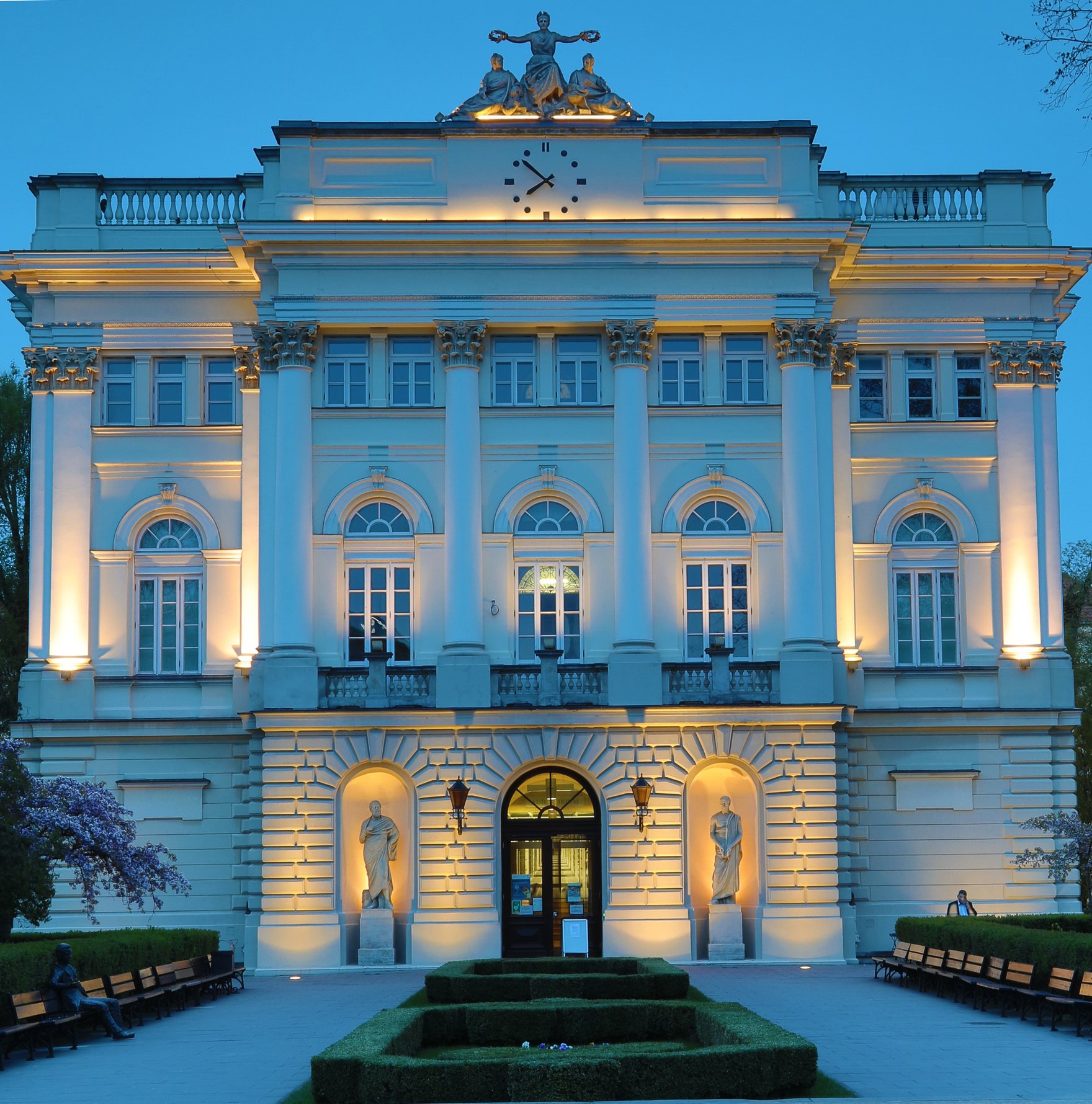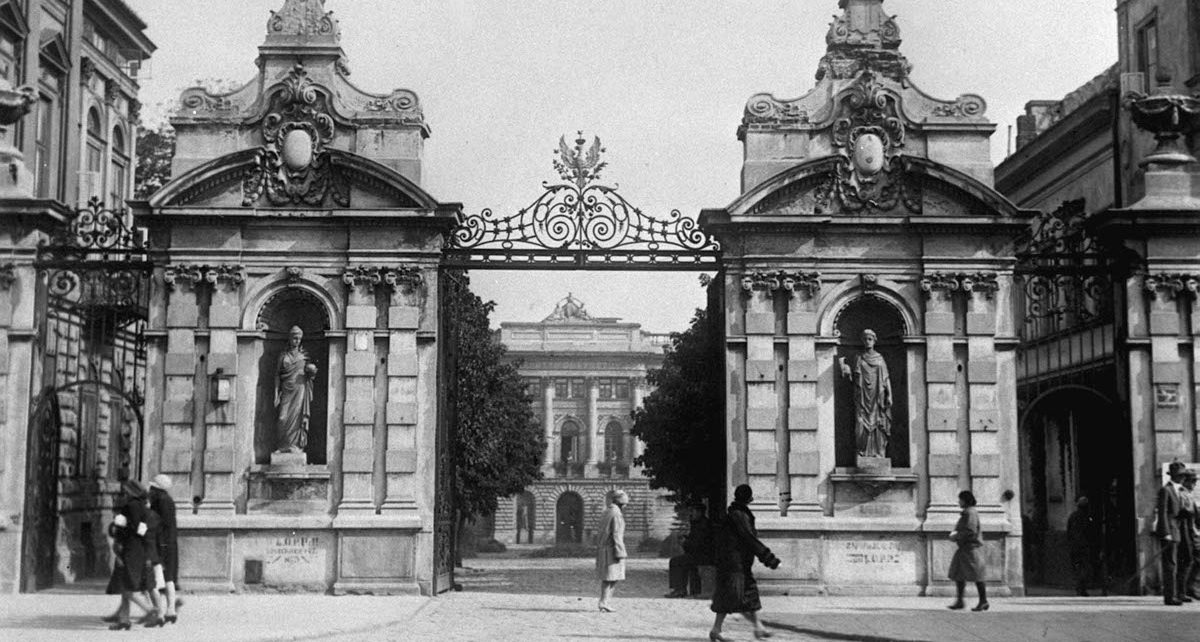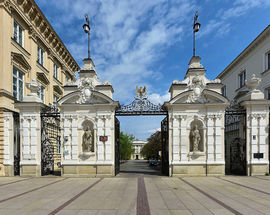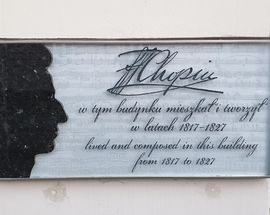A walk around the university’s main campus is one of the most enjoyable diversions a visitor to Warsaw can take. A genuine campus-like atmosphere greets you as you wander through the grand main gates, where inside a number of fantastic period buildings and palaces, set amongst leafy courtyards, exude erudition and learning from every brick. Students sit on benches reading books and smoking cigarettes, a few hurry between buildings scurrying from lecture to lecture. It all adds to the buzz.
HISTORY

Poland's university students have long been at the vanguard of the struggle against invaders and occupiers, and the university of Warsaw was even closed in 1830 after its students took part in the November Uprising against the Russian Empire. It continued to operate underground, though by 1863 the Tsar calmed down enough to rubber stamp the creation of a School of Medicine. Similarly, many students – who were studying in secret, the Nazi’s having closed the university in 1939 – joined the Warsaw Uprising of 1944, determined to recapture the campus from the Wehrmacht, who had taken it over for use as administrative offices and an officer training school. Alas, the campus gates, so impressive today, proved impenetrable, and hundreds of students were killed before the game was given up. By the time of the Nazi withdrawal later in the year more than two thirds of the university had been destroyed – some of it deliberately by the vengeful Nazis – and more than 80% of the university’s library and art collection had been looted.

CURRENT DAY
The University of Warsaw finds itself classed as one of the world's top universities, spanning 24 faculties and 30 research units. UW scholars participate in over 1400 projects financed by national or international research programmes,
as well as cooperating with over 1000 foreign entities. It is a member of approximately 100 international associations and networks. Notable alumni of UW include former Israeli premier Yitzhak Shamir, writer Witold Gombrowicz, award-winning hack Ryszard Kapuściński, the late president Lech Kaczyński, poet Julian Tuwim and no less than six Nobel Prize winners: in literature Henryk Sienkiewicz (1905 winner), Czesław Miłosz (1980) and Olga Tokarczuk (2018). Menachem Begin, Prime Minister of Israel from 1977 to 1983, received the Nobel Peace Prize in 1978, Joseph Rotblat, physicist and radiobiologist, was awarded the Nobel Peace Prize in 1995 and Leonid Hurwicz, economist, winner of the Nobel Prize in Economic Sciences in 2007.
As charming as the campus can be as a side-step from the Royal Route, it's the location of the University Library & Gardens which have become a highlight for students and visitors to the city. Found just down the hill behind the university, by the river in the Powiśle district, the library was opened in 1999, the rooftop gardens and viewing point over the Vistula River quickly becoming a staple of any visit to the city!







Comments